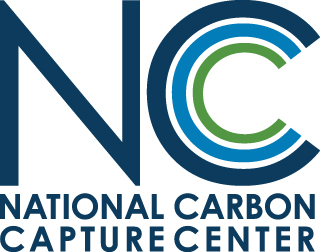Project team successfully produces low-carbon concrete, demonstrates innovative CarbonBuilt process
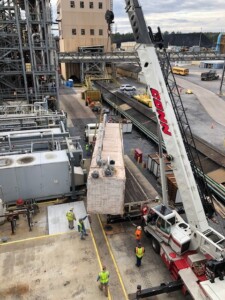
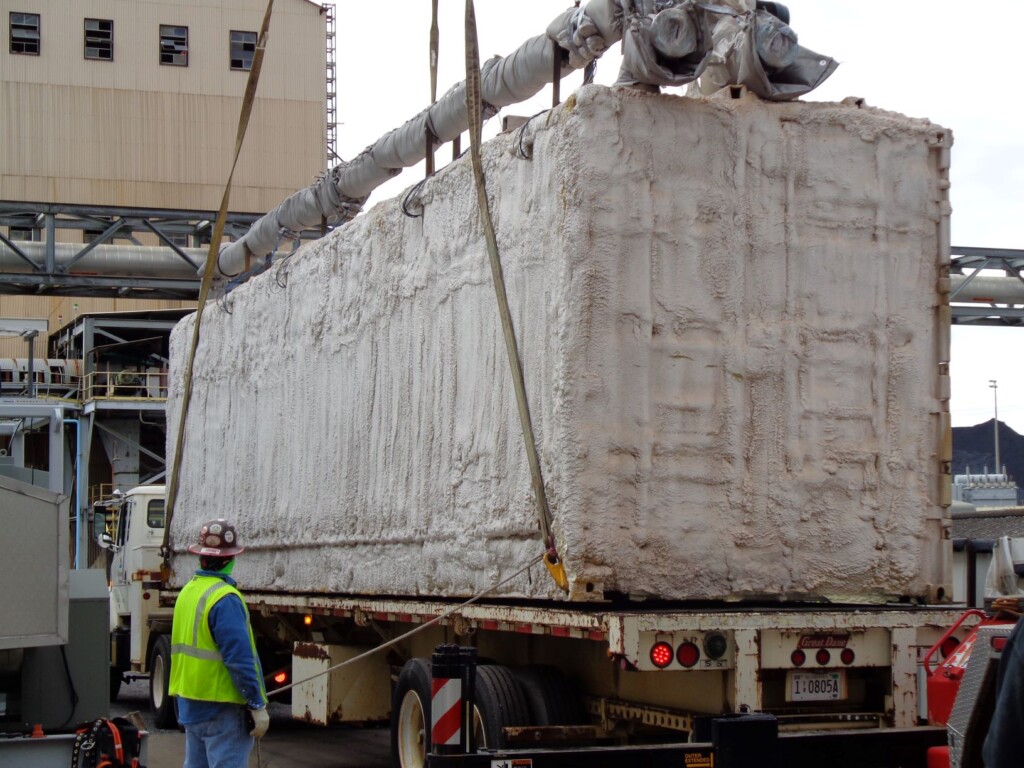
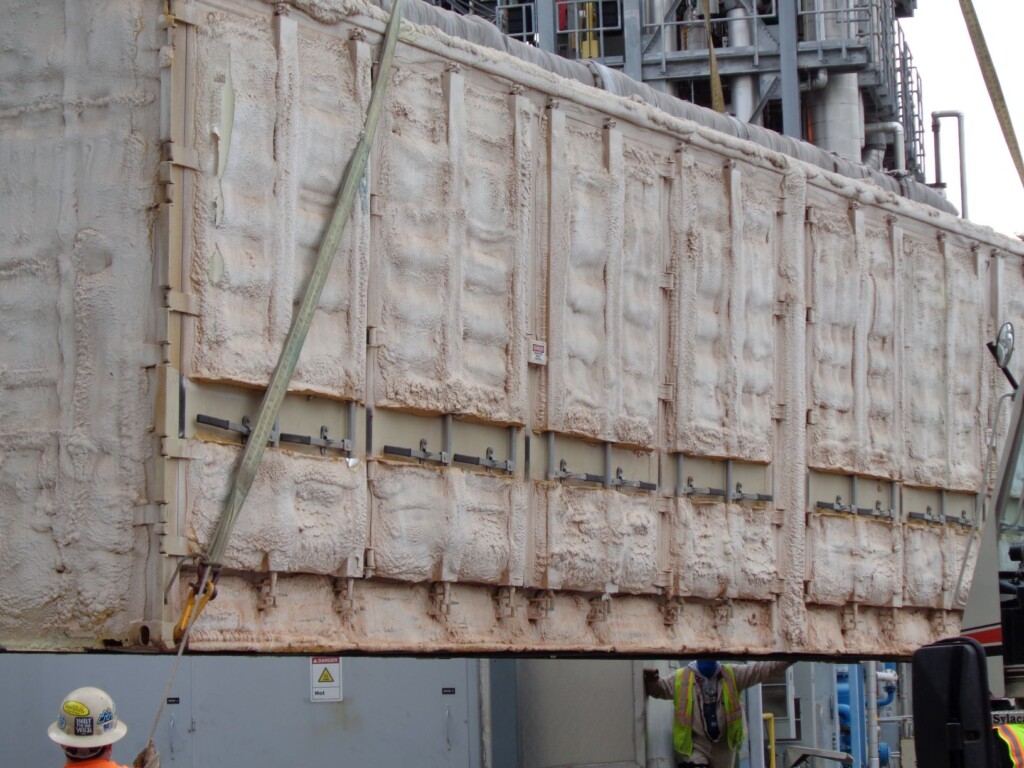
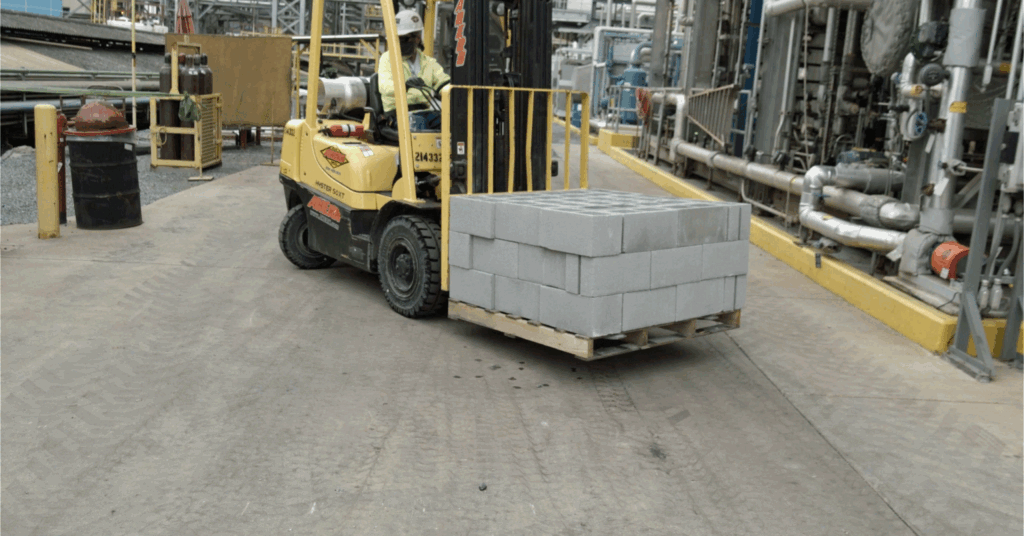
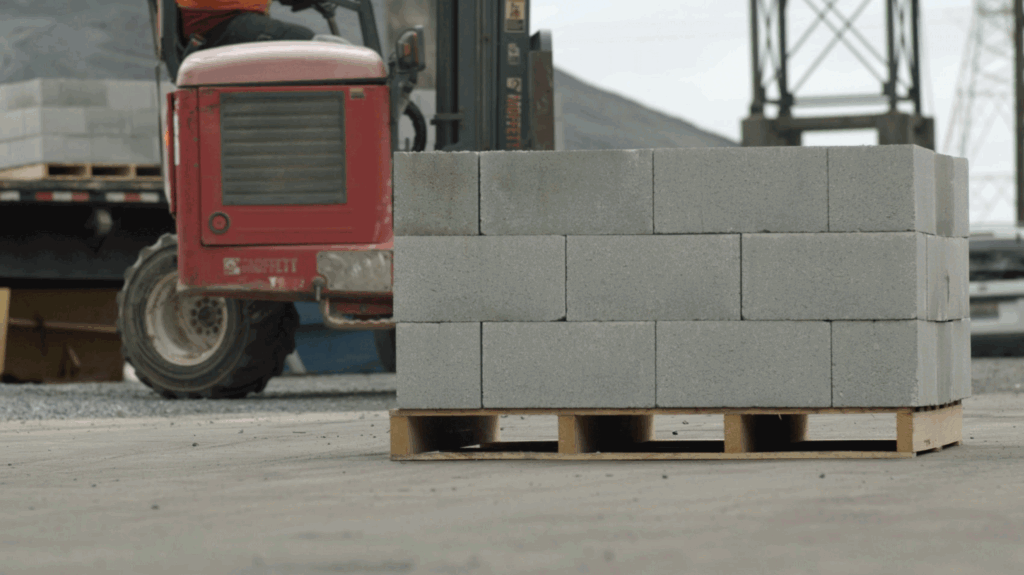
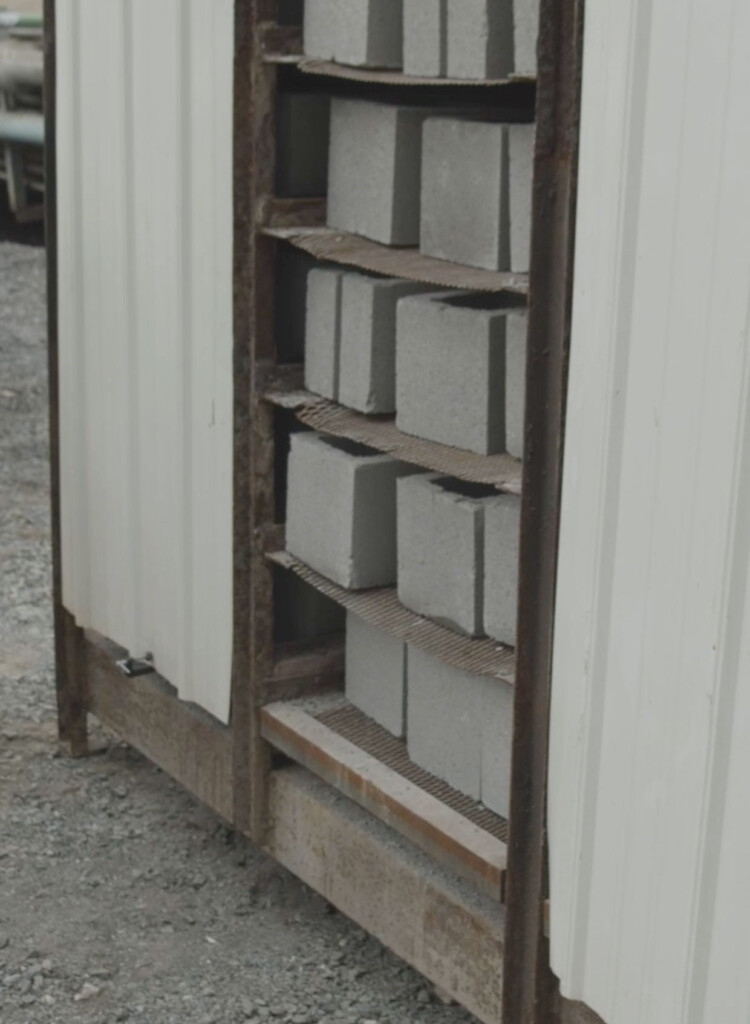
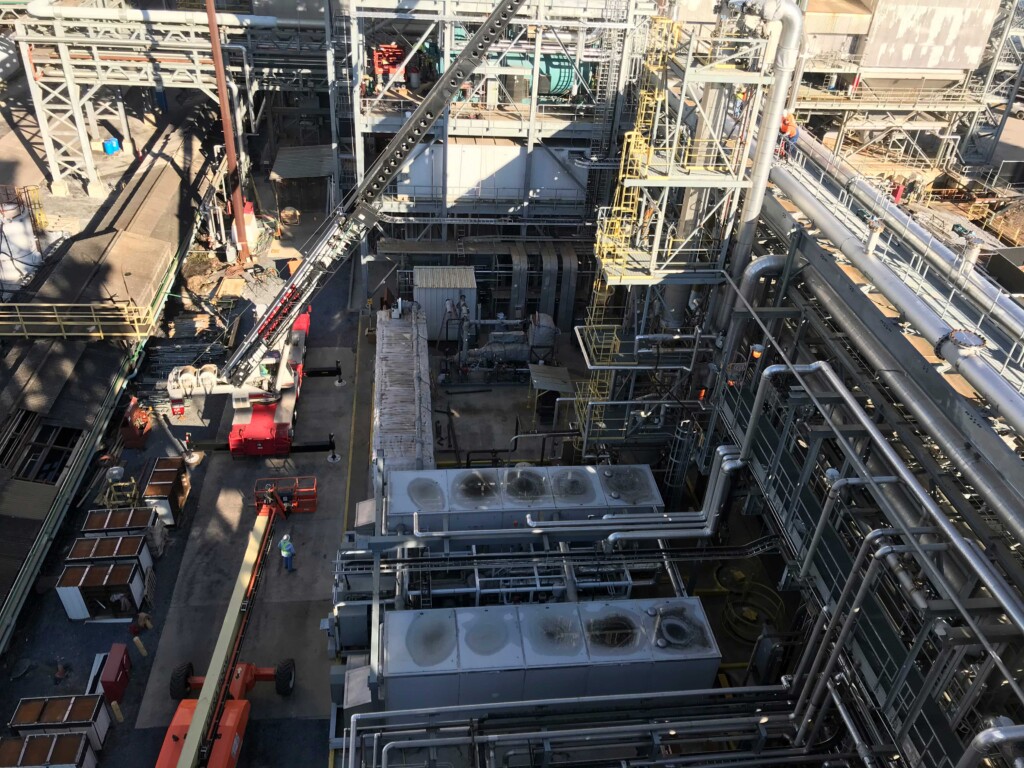
In a broadening of its research scope, the National Carbon Capture Center has successfully completed its first demonstration of carbon utilization technology with a multi-week test of CarbonBuilt’s ReversaTM process, which could reduce the carbon dioxide (CO2) emissions of concrete by more than 50%. The project team used CO2 directly from fossil-based flue gas streams to cure more than 5,000 concrete blocks, proving the efficacy of CarbonBuilt’s technology as a functional replacement for traditional concrete products.
“The CarbonBuilt project began an exciting journey as our facility propels novel carbon utilization technologies toward commercialization,” said John Northington, National Carbon Capture Center director and director of net-zero technologies for Southern Company research and development. “Using carbon dioxide to produce essential products like concrete will be an important solution in a net-zero future, as will technologies for carbon capture from natural gas power plants and direct air capture – both also a focus of the National Carbon Capture Center.”
The CarbonBuilt ReversaTM process is based on technology that was developed at the UCLA Samueli School of Engineering and that won the 2021 NRG COSIA Carbon XPRIZE. The concrete mix design and curing process significantly reduces consumption of cement while enabling the increased and more flexible use of waste materials. During the curing process, dilute CO2 from flue gas streams is directly injected into and permanently stored within the concrete, with no requirement for carbon capture or purification.
During the test campaign, teams from the National Carbon Capture Center – which is managed and operated by Southern Company – CarbonBuilt and UCLA worked to test CarbonBuilt’s technology under a range of actual power plant operating conditions. Post-production analysis of the blocks verified both the CO2 uptake (i.e., utilization) from the flue gas streams and performance (e.g., strength testing) relative to industry standards. The testing was successful across all metrics.
“Over the course of the testing, the demonstration generated critical data on energy inputs, CO2 uptake and performance of concrete masonry units produced at industrial scale, under various process conditions,” said Tony Wu, Southern Company principal engineer. “Our facility was also able to provide a unique testing environment CarbonBuilt had not had available in previous pilot testing – the use of flue gas from a natural gas-based power plant system.”
“There’s no substitute for testing new technology at scale in a real-world environment, which is exactly what we were able to do at the National Carbon Capture Center,” said Rahul Shendure, CEO of CarbonBuilt. “Thanks to the teamwork and support of everyone on-site, we’ve proven the technology and are now looking forward to our first commercial project.”
As a neutral test bed for the U.S. Department of Energy’s (DOE) National Energy Technology Laboratory, the National Carbon Capture Center has provided more than 115,000 hours of real-world testing – reducing the projected cost of carbon capture for fossil-based power plants by approximately 40%. Under a collaborative agreement with NETL, renewed in October 2020, the center’s research scope was formally expanded to new areas of technology development, including carbon capture for natural gas power generation, carbon utilization and negative-emission solutions such as direct air capture.
